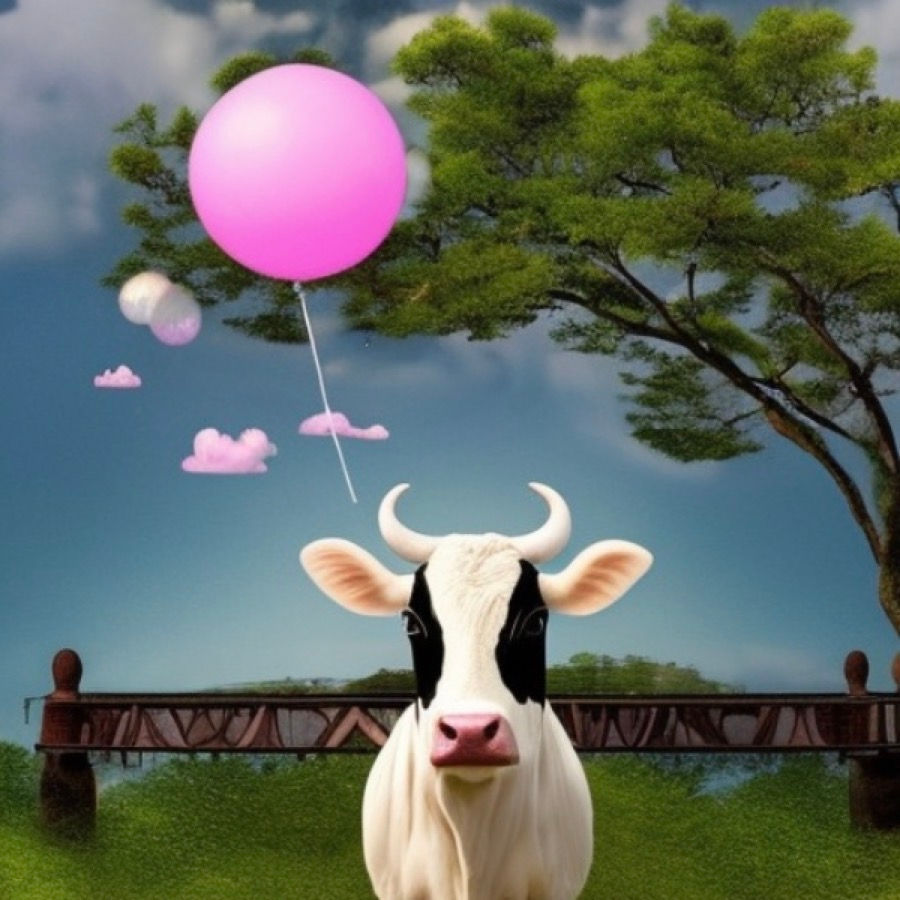Using cows to become climate neutral
- Caryzma
- Jan 17, 2021
- 1 min read
Updated: Feb 15, 2023
The elite Cornell University in the USA wants to become climate neutral in the next 15 years, i.e. not emit any more CO2.

This is quite difficult, however, because the university is in the northwest of the USA, almost on the border with Canada, and it gets very cold there in winter. The buildings and laboratories have to be heated for many months of the year.
But researchers at the university now have an idea: They want to heat the buildings with cattle dung. It works like this: The university has 600 dairy cows on its premises for research purposes. Their slurry is to be converted into energy in several steps: First, microbes should digest the slurry and generate biogas, i.e. methane. Then bio-fuel is made from it and the resulting CO2 is to be converted into natural gas with another substance. And the university is then heated with this natural gas
Previous studies evaluating the potential of bio-oil have shown that the potential for dry manure is between 12 and 18 gigajoules per tonne. One gigawatt of electricity will fuel a 60-watt light bulb for six months, according to the Canadian Office of Energy Efficiency.
The researchers say: The cattle dung could provide almost all of the energy that is needed in winter. For the calculation works out completely, only 19 additional dairy cows and their manure are missing.

An integrated biorefinery approach utilizing agriculture waste biomass to produce renewable biomethane along with other co-products (for soil amendment, nutrient recovery, and transportation biofuels). (Nazih Kassem, with images from Cornell University, Department of Energy)
More about Cornell's Climate Action Plan: Journal of Renewable and Sustainable Energy





Comments